Make sure to check out Part I of this story.
We arrived in Yumen, Jade Gate, a tiny Silk Road town that, like so many places in China, had no vestiges of its history remaining. I called the number Lily had given us, and, a few minutes later, Mr. Gao appeared with his van. We waited for a few more people while the seventy year-old-man in the front, his white beard grown down to his chest, wandered out of the van to look for something.
Leaving Yumen, the dusty little town, all concrete and glass, quickly gave way to green fields and mud caked houses. We were moving into rural China.
The village where Lily’s parent’s lived was called Drink Horse One Army. It had been settled in 1964, and was part of a vast expansion westward of the Han Chinese. In Chinese history, there has long been a tradition of armies being sent off to far away places to not only fight but to find a way to survive. Logistics were difficult, so these armies were essentially colonies with guns and ranks, and Drink Horse One Army was a part of this movement. Fields were tilled from desert lands and irrigation channels crisscrossed the hot earth. Trees were planted in villages and along roads to provide shade.
In the 1960’s, they grew what they needed to survive, but now, the region is well beyond subsistence farming. Mostly, there are vast fields of sunflowers, their brown and golden faces shining back at the beaming sun. Corn and grapes are also grown, but sunflower seeds are the most important component of the village’s economy.
The village itself was a collection of a hundred or so mud houses built in the 90’s. The mud walls hid a variety of houses behind them, some of them nice, some of them falling apart, depending on the wealth of the family that lived within the walls.
In the center of the village was a shoddy basketball court and a small water tower. Dogs roamed the streets, some owned, some not. Old men drank and played mahjong in the shade along the walls of buildings, women chatting in the alleyways between the rows of the mud houses.
In some ways, this was off-track from our project. Though rural, it was not at all natural. Lily had told me that there were some places nearby where we could have gone to camp, but there really were none. As far as we could see, there were only vast fields of sunflowers and corn and rows of trees shading the road. There was no place here that the hand of man had left untouched.
Yet, in another way, we were not that far off-track. Our project was about looking at the Silk Road, and Drink Horse One Army was only a five minute walk from G312, the highway linking Gansu to the west of China, the contemporary descendant of the old Silk Road. Semis plying this route brought cheaply made Chinese products into the Stans of Central Asia and brought back raw materials from the Stans to China to make those goods. Drink Horse One Army waited in the shadows of this new Silk Road, sometimes watching changes pass it by and some times changing with it.
Mr. Gao, the man driving the van, pulled across the basketball court where a smiling forty-five-year-old woman was waiting for us.
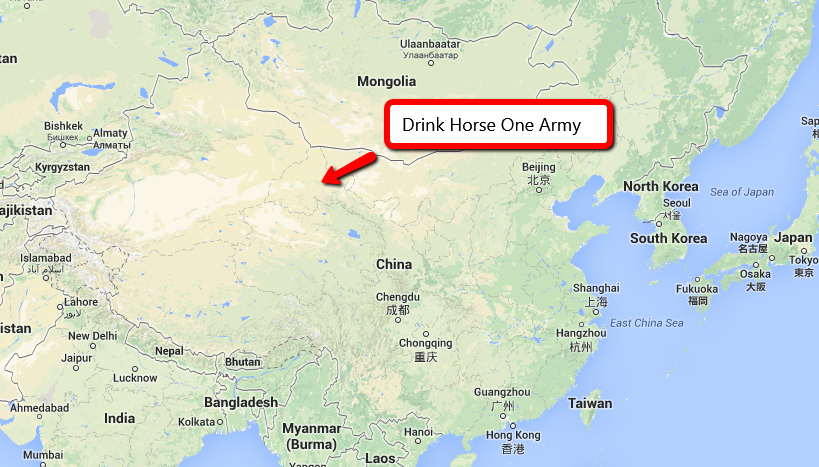
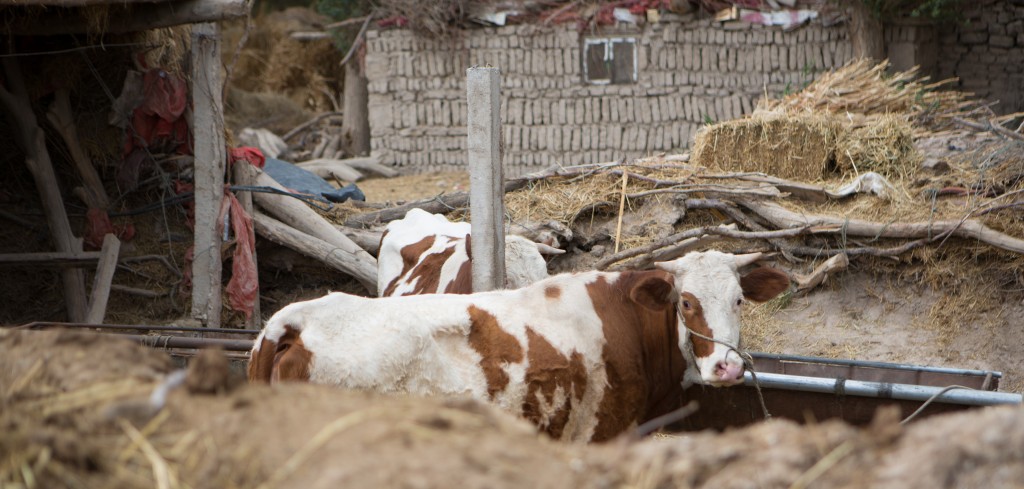
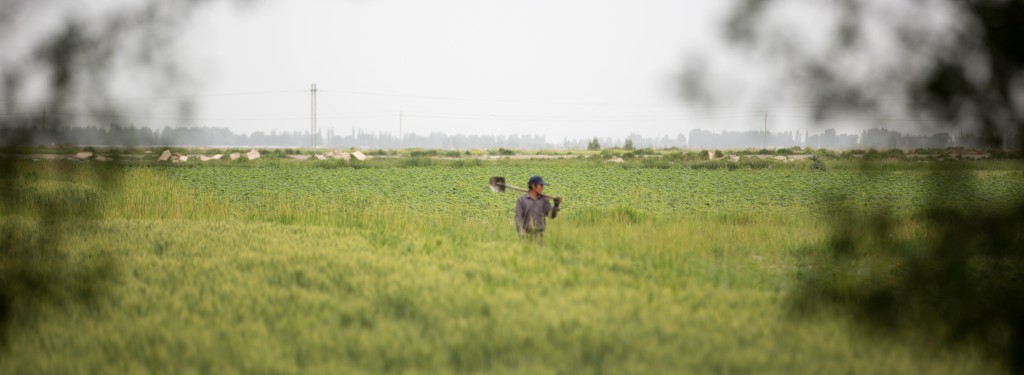
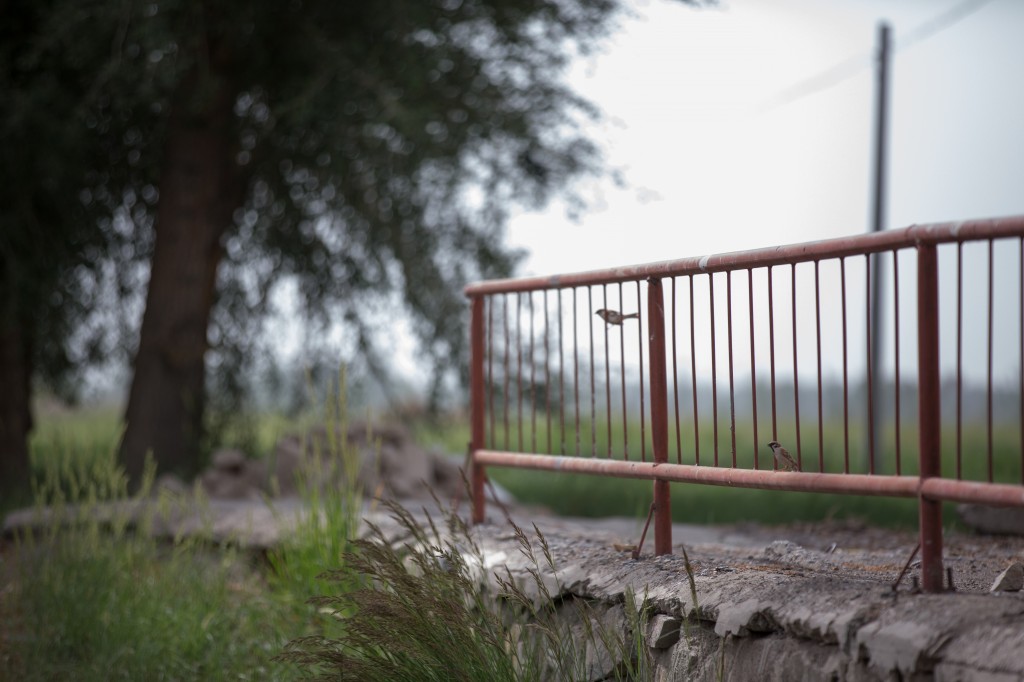
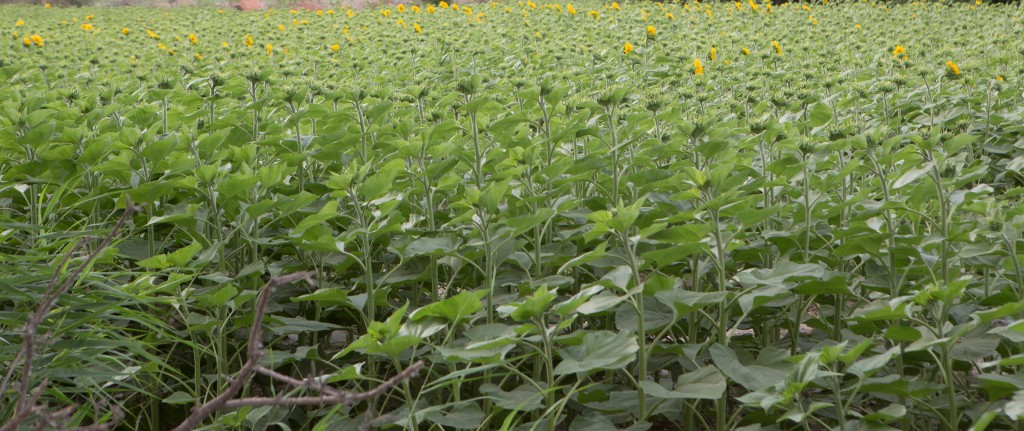
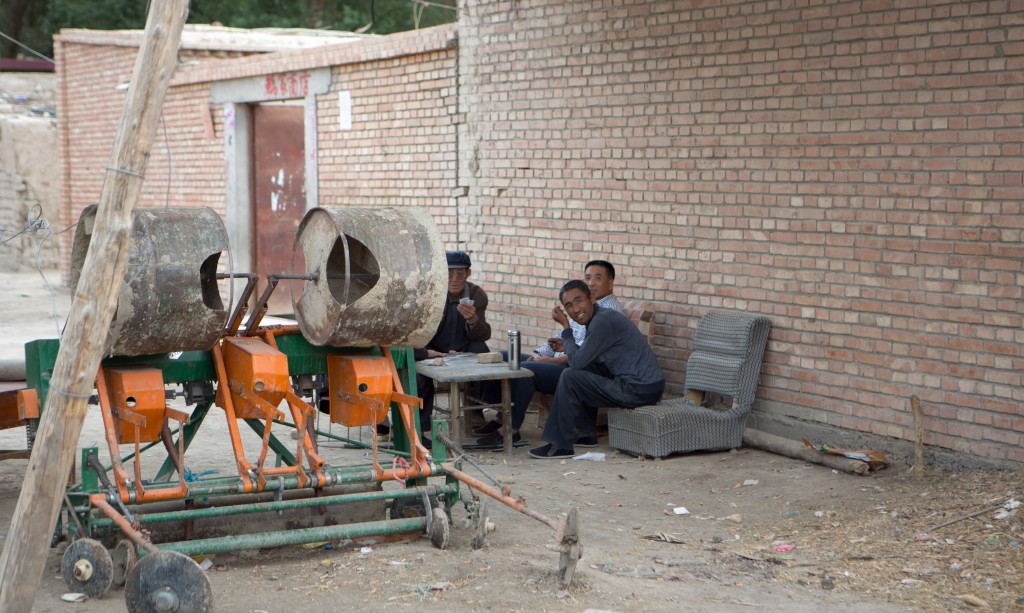
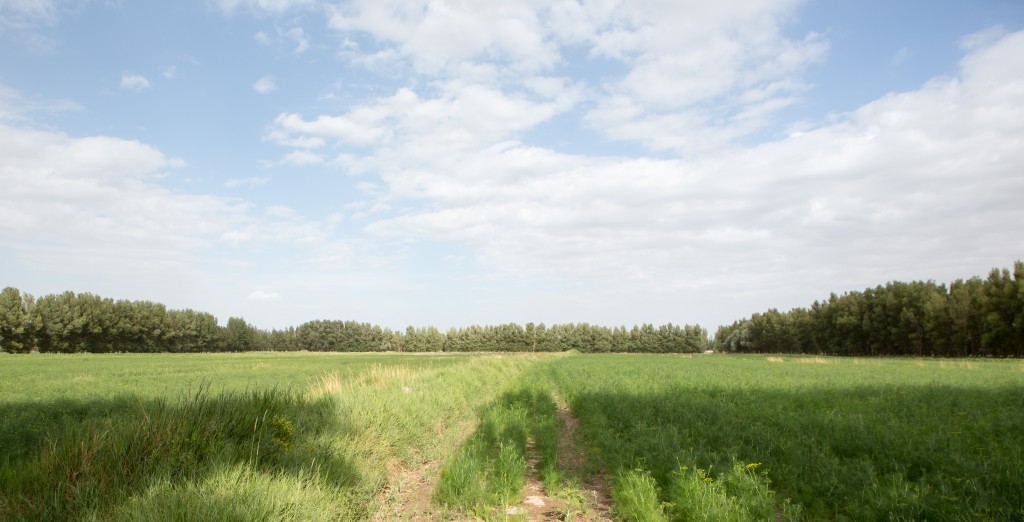
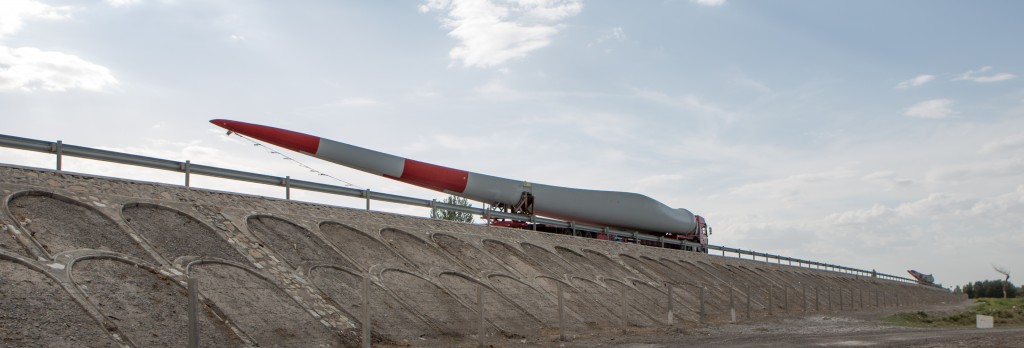
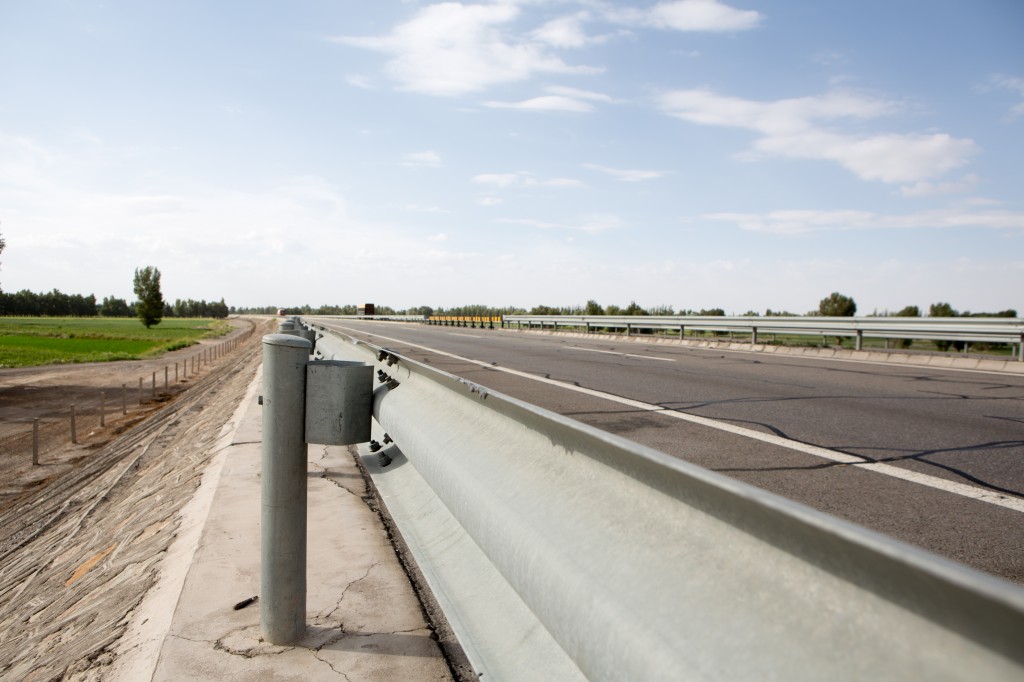
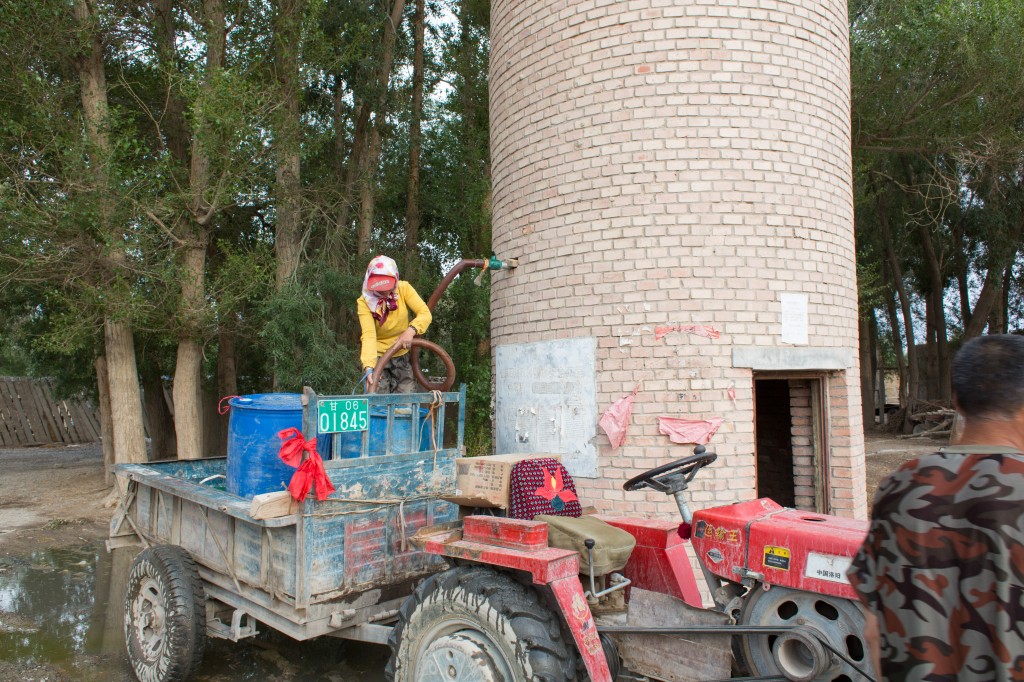
those pictures remind me we still have blue sky in China. lol